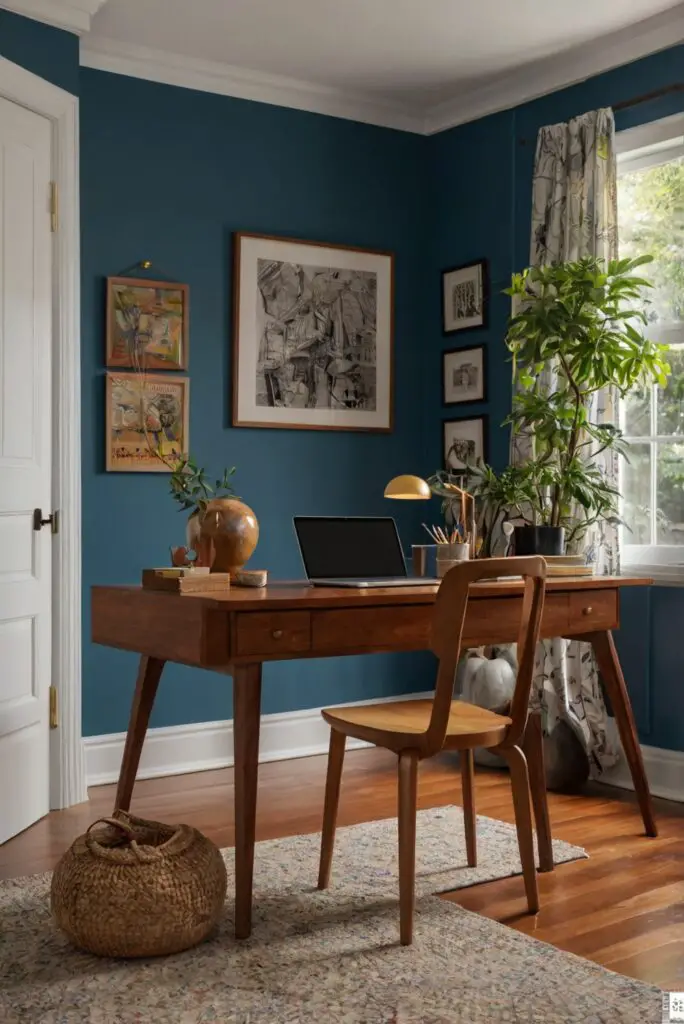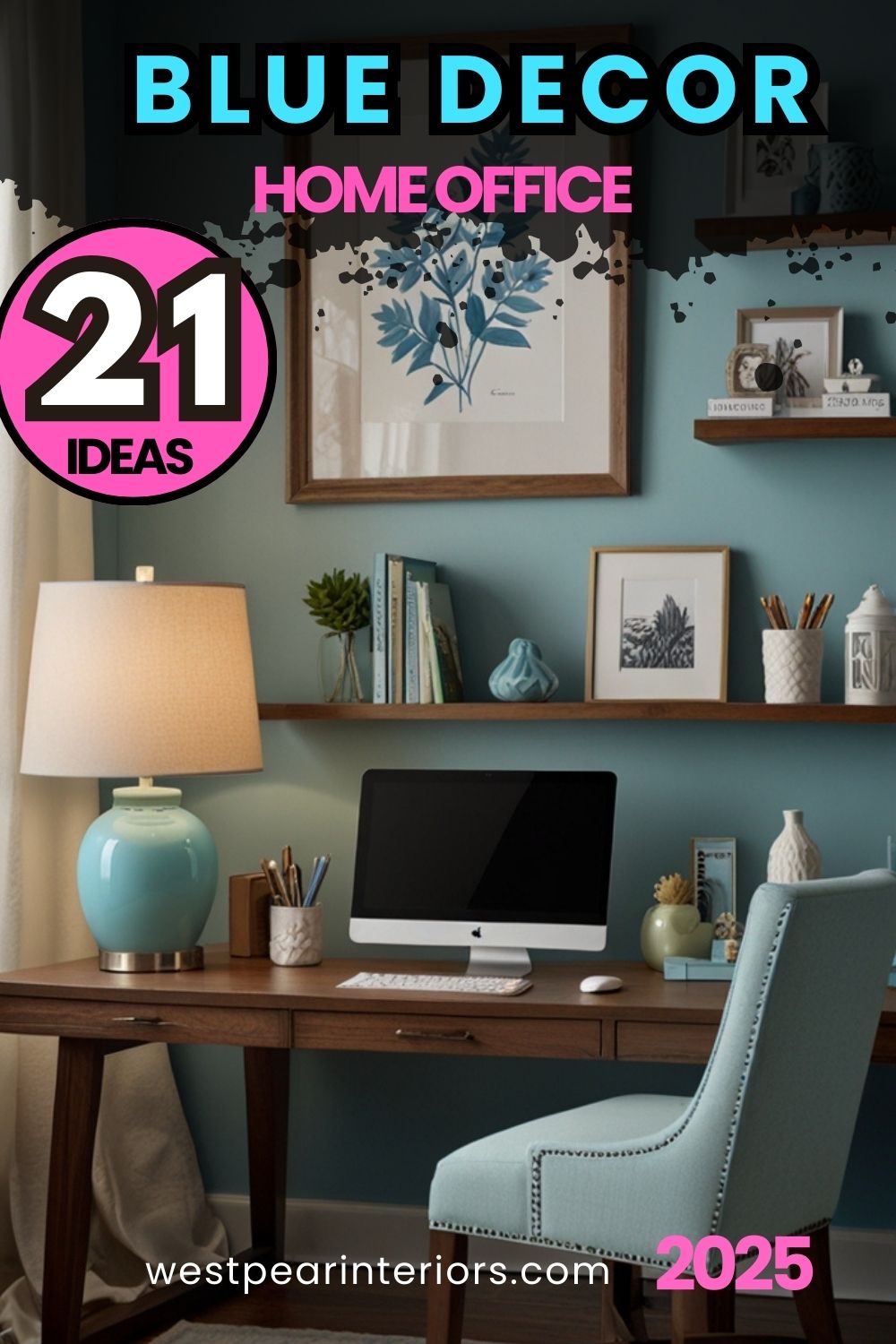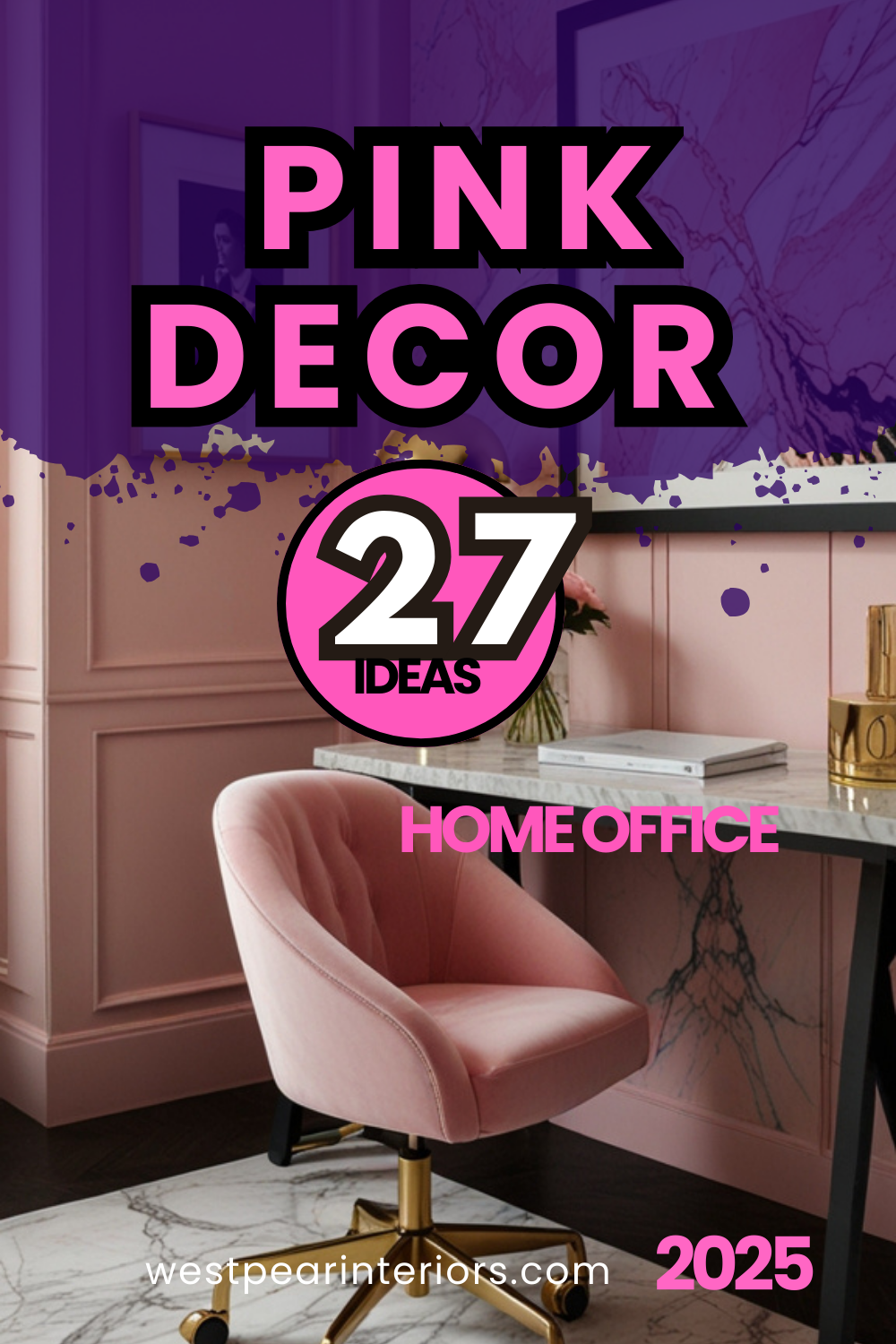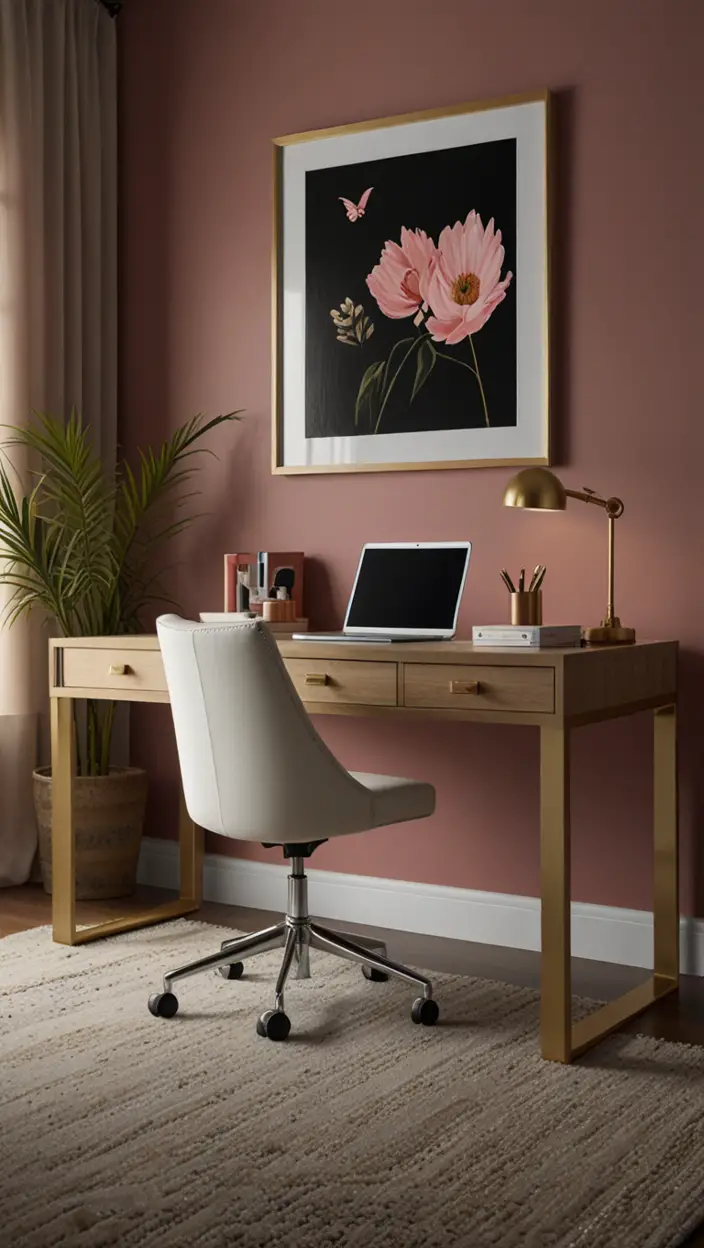Discover how strategic color choices can seamlessly blend your home office with the rest of your space, creating visual harmony.
To create a sense of continuity between your home office and the rest of your home, utilize a cohesive color scheme throughout the space. Choose a primary color that reflects your personal style and use it as a unifying element across different rooms. Consider incorporating accent colors from your home office into the adjoining rooms to establish a visual connection. Opt for neutral shades as base tones and add pops of color through accessories like throw pillows, rugs, and artwork. Ensure a smooth transition by selecting complementary hues that flow well together. This approach will create a harmonious atmosphere and a seamless flow between your home office and the rest of your living space.
When creating a seamless transition between your home office and the rest of your home, the color scheme you choose plays a crucial role in maintaining continuity. Here are some valuable insights and strategies to help you use color effectively:
1. Choose a Neutral Foundation:
My Lovely Spring Paint for 2025
Ready for a Spring Makeover? Explore the Freshest 2025 Paint Trends!
White Sage/Green SW Pistachio green Soft blue Honeysweet/Orange Pink Sugar Sage Tint BMAs an Amazon Associate, I may earn a commission from qualifying purchases at no extra cost to you.
Start by selecting a neutral color as the foundation for both your home office and the surrounding rooms. Neutral tones like white, beige, gray, or greige serve as a versatile base that can complement a variety of accent colors and styles throughout your home. This neutral backdrop will create a cohesive flow between spaces.
2. Incorporate Consistent Accent Colors:
To tie your home office into the overall color palette of your home, incorporate consistent accent colors in both spaces. Choose one or two hues that appear in the office and repeat them in accessories, artwork, rugs, or other decorative elements throughout the house. This repetition will visually connect the rooms and create a harmonious feeling.
3. Utilize Different Shades of the Same Color:
Using different shades of the same color in your home office and other areas of your home can help create continuity while adding depth and interest. For example, if you have a light blue accent wall in your office, you can introduce darker blue shades in adjoining rooms through textiles, upholstery, or wall art. This subtle variation maintains a cohesive look without being too matchy-matchy.
4. Select Complementary Furniture and Decor:
My fAV Spring DECOR for 2025
Discover Spring’s Best 2025 Decor Combinations – Perfect for Any Room!
Oversized Indoor Plants White Curved Sofas Rugs BOH Brown Cream Moroccan Hype Boho Rug Outdoor Patio Furniture Sets Topfinel Pillow CoversAs an Amazon Associate, I may earn a commission from qualifying purchases at no extra cost to you.
When choosing furniture and decor for your home office and the rest of your home, consider how the pieces complement the established color scheme. Opt for items that either match the existing colors or provide a pleasing contrast. For instance, if your office features warm wood tones, extend these hues to living room furniture for a seamless transition.
5. Create Cohesive Color Combinations:
Certain color combinations work well in creating a cohesive look between your home office and surrounding rooms. Analogous colors (those next to each other on the color wheel) or complementary colors (opposites on the wheel) can be used strategically to tie spaces together. For example, pairing a soft yellow with a muted gray in the office and continuing this duo in the adjacent areas can establish visual unity.
6. Explore Alternatives to Painting:
If you’re looking to unify the color scheme without repainting every room, consider alternatives like wallpaper, removable decals, or textiles. These elements can introduce consistent colors and patterns across spaces without the commitment of paint. Look for options that complement your existing palette and blend seamlessly with your home office decor.
7. Stay Organized with Color Coordination:
Maintaining organization is key when coordinating colors and decor between your home office and other rooms. Create a mood board or color palette that includes swatches, fabric samples, and inspiration images from each area of your home. This visual aid will help you see how colors interact and ensure a cohesive flow throughout your living space.
Additional Tips:
8. Use Textiles and Accessories:
Incorporate textiles like curtains, throw pillows, and rugs in consistent colors to bridge the gap between your home office and adjacent rooms. Similarly, accessorize with artwork, vases, or decorative objects that echo the dominant hues in your office space. These small touches can make a big impact on visual continuity.
9. Lighting Matters:
Pay attention to lighting when creating a sense of continuity through color. Lighting fixtures with warm or cool tones can influence how colors appear in different areas of your home. Make sure the lighting in your office complements that of nearby rooms to maintain a seamless transition.
Key Takeaways:
– Start with a neutral foundation in both your home office and surrounding rooms.
– Repeat accent colors to tie spaces together and create visual cohesion.
– Experiment with different shades of the same color for depth and interest.
– Choose furniture and decor that complement the established color scheme.
– Utilize color combinations strategically to establish a cohesive look.
– Explore alternatives to painting, such as wallpaper or textiles.
– Stay organized with a color coordination mood board for consistency.






